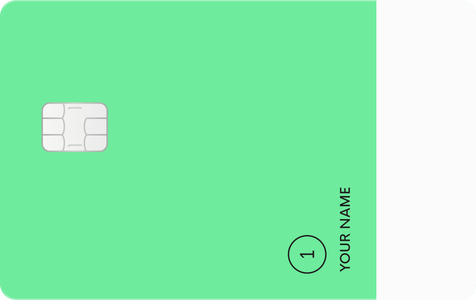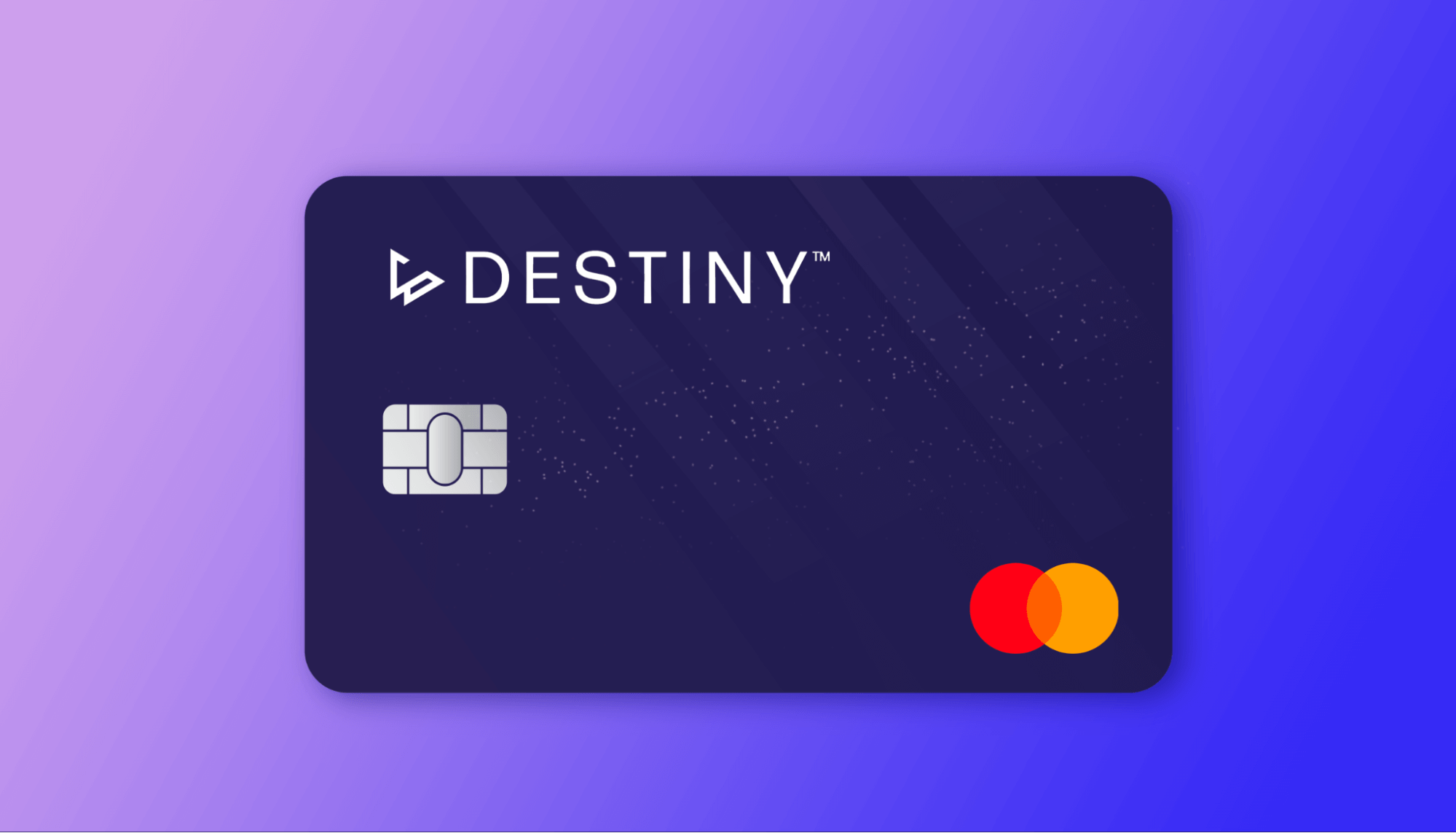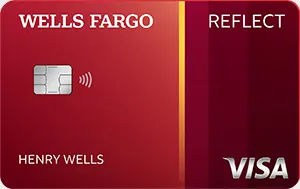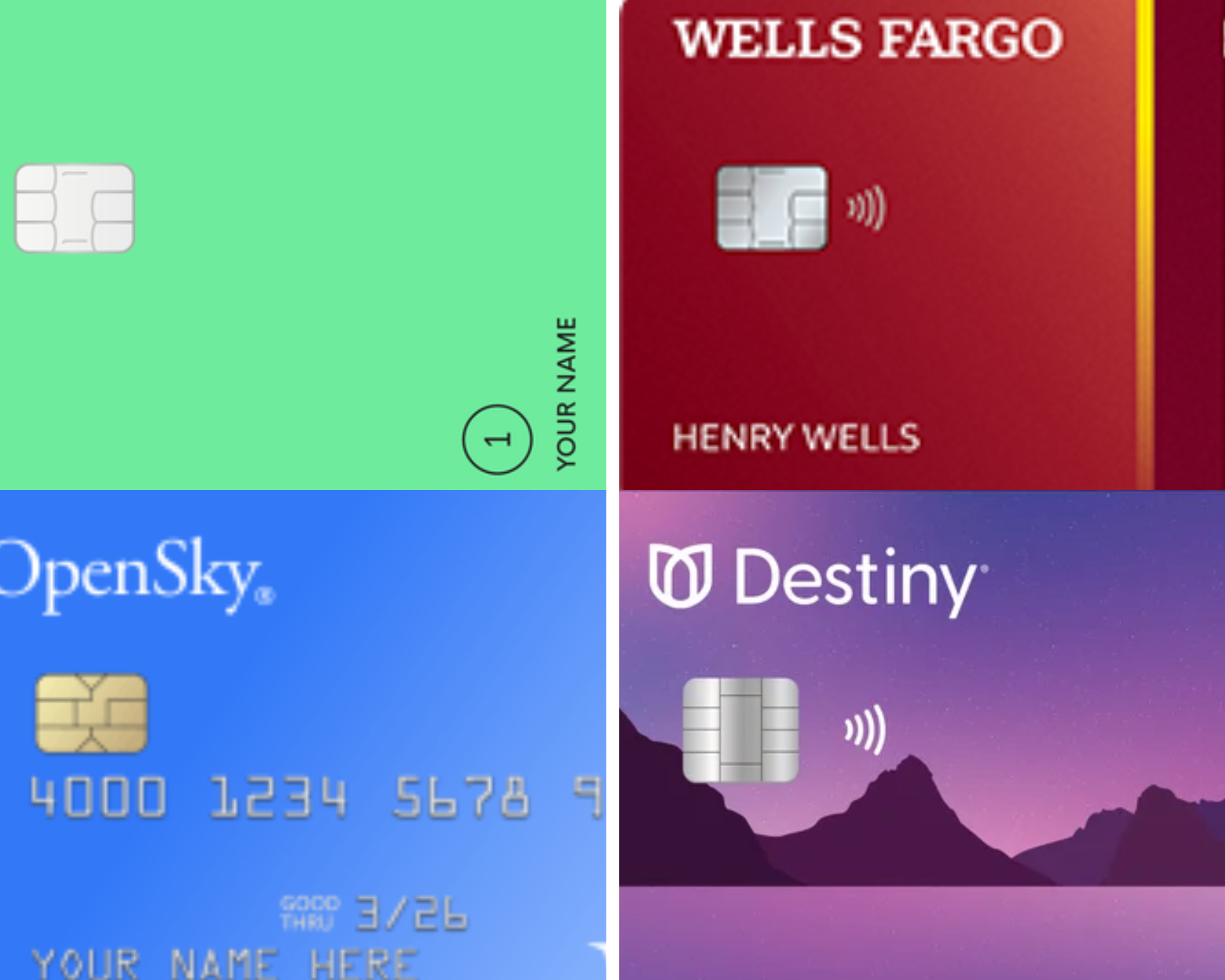Ads
As a freelance web designer, it can be difficult to figure out how much your time is worth, and it can take time to understand the costs of different jobs. There may be jobs that pay very little but take only little time, making them worthwhile. On the other hand, there are jobs that might pay well but take over your life. So if you want to start freelancing in web design or development, you need to know the right rate. All you can do now to convince your customers to pay you is set the rate, but there are a few things that can help you determine what your target rate should be. Here are some tips to help you determine your rates as an independent designer:
What Customers Really Want
Find out what parts and features customers want right from the start. There are certainly some differences in the cost of creating a personal blog and a website for a large company. For freelancers, changes in the scope of work can be difficult to deal with. So you need to keep the following points in mind.
How Hard it is to Satisfy Customers
Perhaps you have customers that are difficult to satisfy. Some clients may give you assignments and only answer your questions, while others micromanage the entire project. When pricing, you should consider the second category of customers. But you should also consider the following questions.
Your Skill Level
You should be honest about how much experience you have in different types of work. Your skills may not be as good as the client would like, and your level of delivery may not be as good as other designers. You may also need more time and study to make this work. One thing to keep in mind is that experienced designers can deliver faster, while new designers get paid to help them learn. So you need to consider your next options.
Charging Hourly
Hourly wages for designers are usually around $40 on the low side and around $75 on the high side (although it can be as high as $100 or more per hour). The average rate is $59 per hour.
But if you charge by the hour, you can’t add anything. So if you need to learn a new skill, you can spend less time learning it. Other times it makes more sense to charge a flat rate for the job. If you make a mistake, you cannot be billed for the time wasted. If the customer’s needs keep changing, it’s reasonable to charge for lost time. If you make a mistake or if the customer is not satisfied with the work, do not invoice the customer. Instead, you would have to put in some extra work to get the job done or offer the deal. Here only your intuition and how well you know the client counts.
Designers can also set different hourly rates for different tasks such as creation, coding, etc. The advantage of paying by the hour is that it is easier to track and clients can add more work without any hassle. It’s also easy to please and doesn’t require much change. But sometimes customers don’t feel so well when the hours get longer. So if you are in this situation here is what you can do.
Get Paid for your Work
Your price can be based on a regular package that always includes a certain amount of work. Freelance web developers and designers typically charge based on the time it takes to complete a job (usually per hour), which they calculate based on past experience and/or what the market can handle. Here are some factors to consider if hourly rates or a project-based approach don’t work.
Pay via Page
Although it’s a rare payment method, some independent web designers and developers calculate their prices this way. This works great for designers who primarily create websites for marketing purposes, but designers and writers should also consider this cost option.
Conclusion
As a freelance web designer, there are many things you need to think about before deciding on the right rate. Knowing what your customers want, how to deal with difficult customers, what your skills are and how to price your services can help you ensure that you are paid fairly for your services. Remember, the key to long-term success as a freelance web designer is developing a strong connection with your clients and delivering great results.
FAQs
1. How to determine the components and features that customers want?
To understand your client’s requirements, you need to discuss them in detail, ask specific questions and obtain any relevant documents or references.
2. Do I have to charge extra for more demanding customers?
Yes, it is reasonable to allow for additional costs for clients requiring additional time, effort, or close supervision during the project.
3. Is it necessary to be honest about my skill level?
Absolute. Being honest about your expertise ensures that you deliver high quality work and manage customer expectations effectively.
4. Can I be billed for the time I spend learning new skills?
It depends on the specific situation. If the customer immediately benefits from the new skill, you can charge those hours to your invoice. Otherwise it may be appropriate to discount them.
5. What if I make a mistake or the customer is dissatisfied?
Put customer satisfaction first. Offer to make necessary improvements or provide additional work at no additional cost. Building strong customer relationships is more valuable than hourly billing.







